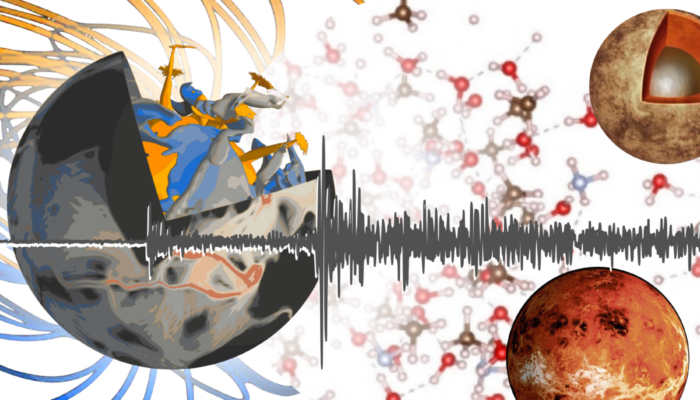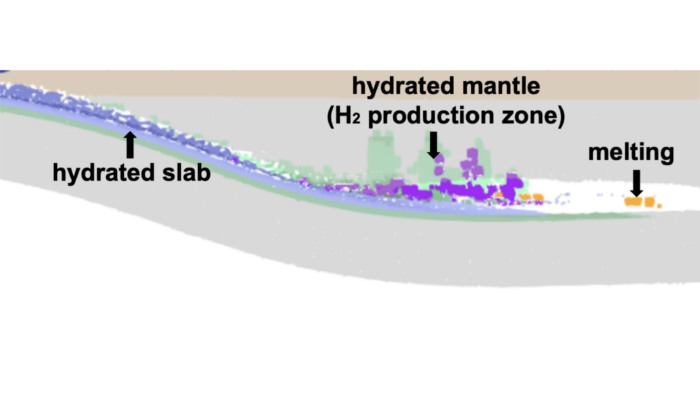The EGU General Assembly is fast-approaching! This week, we interview two members of the Geodynamics Division team – Jeroen van Hunen and Garima Shukla – to hear their thoughts on the upcoming General Assembly. We’re also sharing all of the key events planned by the Geodynamics Division to add to your conference program. The Geodynamics Division at EGU24 As we approach the Genera ...[Read More]
H2 production associated with mantle wedge hydration in subduction zones
Dihydrogen (H2) is a promising source of energy that may allow reducing carbon emissions in industry and transportation. Artificial production methods have been explored, natural sources of H2 (also called white dihydrogen) offer a more eco-friendly and cost-effective production process. In this week’s blog post, Alexis Gauthier, a PhD student from ISTeP, France, is discussing the H2 production pr ...[Read More]
Geodynamica: Earth & Planets – a new diamond open access journal!

Join the conversation on Discord.
Do you want to publish and access papers for free? Do you want to improve the system by promoting equitable publishing alternatives? Then read on to learn about Geodynamica: Earth & Planets: a new community-powered Diamond Open Access Journal (DOAJ)! Join the conversation on discord by following this link. Diamond Open What? Diamond Open Access journals are peer-reviewed journals that are free ...[Read More]
Call for Applications: Early Career Scientist Representative (GD Division)
The Geodynamics Division (GD) is looking for an enthusiastic geodynamicist to take up the position of Early Career Scientist (ECS) representative for 2024-2026! Our current ECS representative, Megan Holdt, will be handing over this position at EGU24. This role is a fantastic opportunity to get involved in EGU, contribute to building the geodynamics community and create a welcoming environment for ...[Read More]



